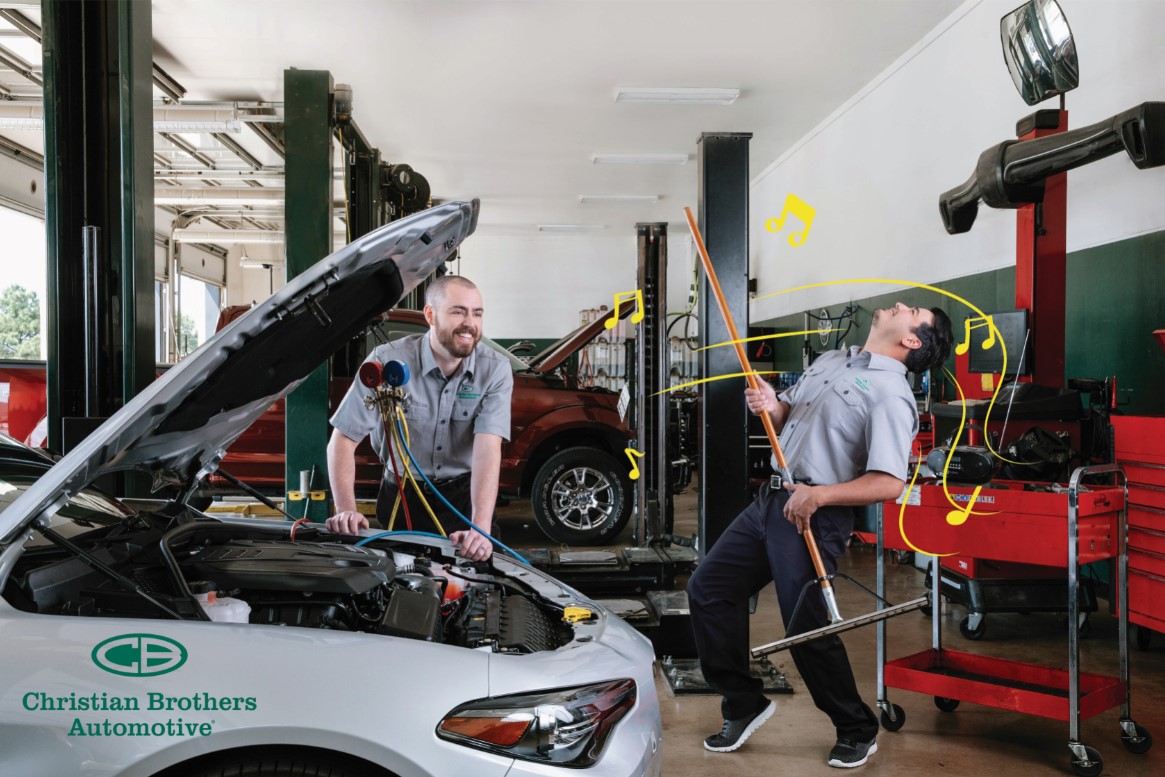All Categories
Featured
Routine vehicle maintenance is an essential part of vehicle possession, but establishing how usually to schedule these examinations can often be confusing. Whether you drive a brand-new car or a high-mileage lorry, remaining on top of upkeep makes certain security, optimum performance, and a much longer life-span for your car. In this write-up, we'll discover the factors that affect solution intervals and how you can create a schedule that functions for you.

- Producer's Guidelines: Your Initial Reference Point. Every vehicle features a user handbook, which consists of the supplier's suggested solution intervals. These guidelines are customized particularly to your automobile design and its components. Usual recommendations consist of:
Oil changes: Every 5,000 to 10,000 miles or 6-12 months, depending upon whether you make use of traditional or synthetic oil. Tire turnings: Every 5,000 to 7,500 miles to make sure also use and lengthen tire life. Major services: At milestones like 30,000, 60,000, or 100,000 miles, which might consist of timing belt replacements, coolant flushes, and transmission maintenance. Adhering to the supplier's routine helps preserve your vehicle's performance and keeps its service warranty valid.
- Driving Problems Issue. How and where you drive significantly effects how typically your auto requires servicing. Cars utilized under "extreme driving conditions" may need even more constant maintenance. These problems include:
Frequent brief trips under 10 miles. Driving in hefty stop-and-go website traffic. Running in extreme temperature levels (warm or cold) Traveling on dirty, muddy, or uneven roads. If any one of these use to your everyday commute, consider arranging even more regular oil adjustments and evaluations to stop deterioration. 3. Modern Characteristics: Monitoring Your Car's Health and wellness. Numerous modern-day automobiles are geared up with onboard diagnostics and upkeep tip systems. These attributes monitor your car's condition in genuine time and sharp you when it's time for servicing. Take note of these alerts, as they are based upon variables like gas mileage, engine efficiency, and oil problem.
- Seasonal Maintenance: Prepare Year-Round. Adjustments in weather condition can affect your automobile's performance, so scheduling seasonal examinations is an excellent method.
Prior to wintertime, ensure your battery, tires, and home heating system are in great problem to manage colder temperatures. Prior to summer season, examine your cooling system, a/c, and fluids to avoid getting too hot. Seasonal upkeep keeps your cars and truck trusted and ready for moving problems.
- Indicators Your Automobile Demands Immediate Interest. Occasionally, your car may need maintenance prior to the set up interval. See for the complying with warning signs:
Unusual noises, such as grinding or screeching. Lowered gas effectiveness. Control panel warning lights, including the check engine light. Trouble beginning the cars and truck or stalling. Dealing with these problems immediately can save you from pricey repair services later on.
- Benefits of Staying Regular. Routine servicing isn't nearly following a schedule-- it's an investment in your vehicle's future. It aids:
Maintain you and your guests secure. Maximize gas efficiency. Prevent costly breakdowns. Expand the life of your car. Boost resale worth by maintaining a comprehensive service document. Final thought. Just how often should you service your cars and truck? The answer depends on your cars and truck's make, your driving behaviors, and ecological conditions.
Latest Posts
How Consistent Vehicle Maintenance at Montclare Auto Repair Reduces Costs
Uncover Montclare Auto Repair’s Most Popular Services and Why Drivers Trust Them
Discover Why Chicago Drivers Prefer Montclare Auto Repair for Trusted Service and Great Savings
More
Latest Posts
How Consistent Vehicle Maintenance at Montclare Auto Repair Reduces Costs
Uncover Montclare Auto Repair’s Most Popular Services and Why Drivers Trust Them
Discover Why Chicago Drivers Prefer Montclare Auto Repair for Trusted Service and Great Savings
